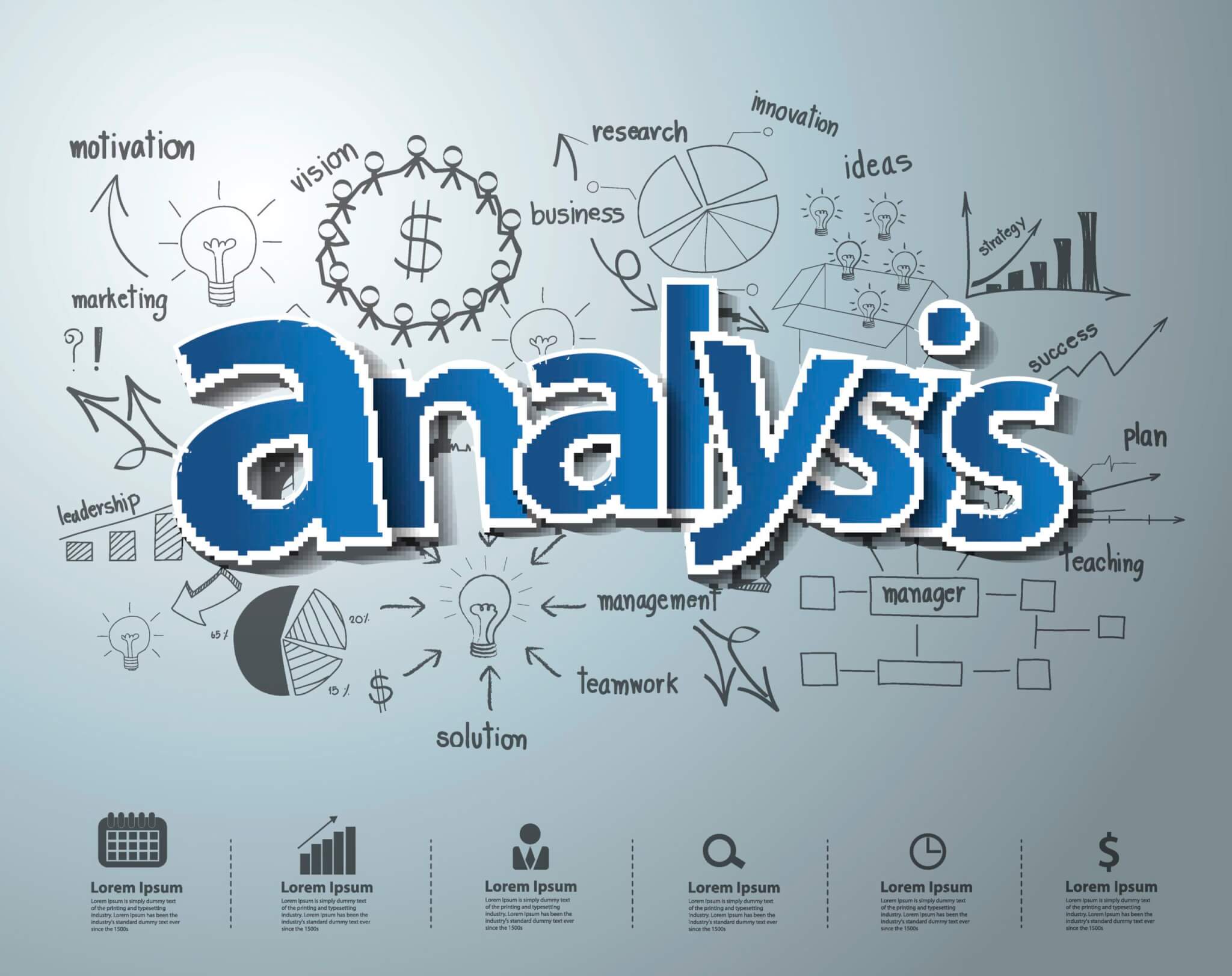 Three years ago, Gartner predicted that by 2017 CMOs will spend more money on IT than CIOs. And so far it appears that his prediction is on track to come true. The reason is that, although the opposite may seem true, (successful) marketing is all about analyzing the largest possible number of data and variables, which allow you to shape behaviors, reactions, preferences and trends to develop the right products and messages that lead consumers or customers to purchase those products. Today, technology has given us the ability to capture vast amounts of data, which are held by the CIO. These data are unstructured and impossible to manage.
Three years ago, Gartner predicted that by 2017 CMOs will spend more money on IT than CIOs. And so far it appears that his prediction is on track to come true. The reason is that, although the opposite may seem true, (successful) marketing is all about analyzing the largest possible number of data and variables, which allow you to shape behaviors, reactions, preferences and trends to develop the right products and messages that lead consumers or customers to purchase those products. Today, technology has given us the ability to capture vast amounts of data, which are held by the CIO. These data are unstructured and impossible to manage.
These data are useless to the CMO, who must process them to turn them into understandable information. And even then, this enormous quantity of information would be impossible to process because humans lacks the physical capacity to effectively utilize the amount of information that can be received in a day. You have to place the information in the right context, to establish relationships between all the available information, and turn it into knowledge, so that it can be used to support decision making and thus reduce response or action time.
Organizations need knowledge, not data
This situation is particularly noticeable in Wi-Fi networks. Each access point can gather data on the IP addresses of connected devices, when they connect and how long they connect for, report the location (probably in coordinates) of the access point accessed by the device, provide navigation lists and a whole host of other technical data. However, all this data does not constitute a valid form of information on which to base decisions and take action. And if it isn’t in the case of a single device, imagine what happens in large spaces where the flow of people is in the thousands or hundreds of thousands.
The interesting thing about technology is the way in which it can help to increase business. In this case, how it can be used to understand customer behavior and encourage buying. The wealth of information gathered by the access points, managed by the CIO, represent an incredible opportunity for many sectors when big data analysis techniques are correctly applied. It then becomes possible to transform terabytes of unstructured data into accessible organized information (knowledge) that the CMO can use to significantly improve his strategies, even building one-to-one campaigns that aim to reach users and consumers wherever they might be. If you combine geolocation techniques with all the information pouring into social media networks, the real-time knowledge you possess is so powerful that it allows you to know pretty much anything and act in accordance with that knowledge. And all this using only public authorized information, since the users themselves are responsible for uploading it onto social networks (with their own user-defined privacy criteria). So, as long as the information is used properly, no legal issues would come up.
Like it or not, we live in a connected world and technology offers enormous possibilities that weren’t even conceivable some years ago. What we need to do now is to change the paradigm and start seeing technology as an important driver of business growth, when aligned with business needs, rather than viewing it as mere infrastructure. This is exactly what Gartner predicted three years ago.
Teldat possesses the infrastructure, tools and knowledge to offer organizations of all sizes (including SMEs and SMBs) the necessary solutions to meet this change of vision.
And so it seems that, at least in this respect, Gartner was right again.


























